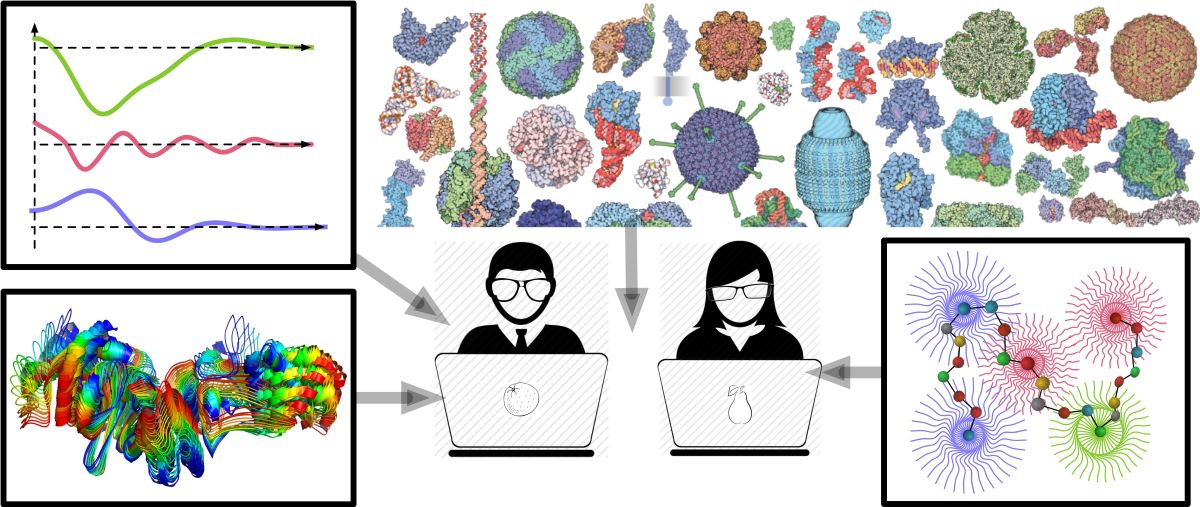Speaker
Description
Homorepeats, repetitive sequences inserted in disordered proteins, play fundamental roles in biology and mutations in these low-complexity regions are linked to several neurodegenerative and developmental diseases. Despite their relevance, the structural characterization and modelling of these proteins remain challenging. From an experimental perspective, the severe signal overlap of their NMR spectra hampers the site-specific assignment, precluding the high-resolution structural characterization. As a consequence of this lack of structural data, the quality of computational models is difficult to assess.
Our group has developed novel chemical biology tools enabling the site-specific incorporation natural and non-natural amino acids into LCRs to derive residue-specific structural and dynamic information. These tools have been used to study the structural properties of poly-Glutamine, poly-Proline and poly-Alanine segments present in disease-causing proteins. The methodological developments, the structural information obtained from these tailored labeling strategies and the computational integration of these data will be discussed along the presentation.
| Submitting to: | Integrative Computational Biology workshop |
|---|

